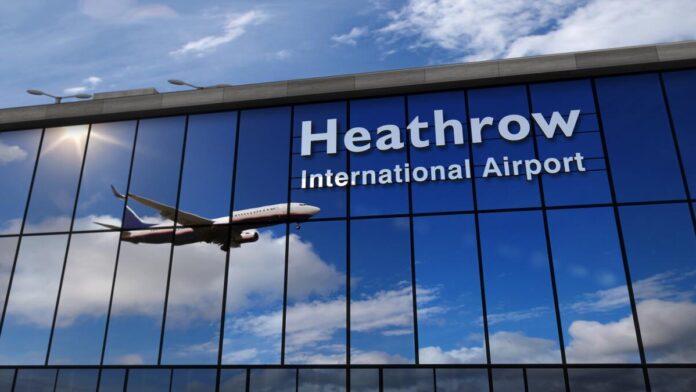- Europe’s aviation sector is facing significant air traffic disruption this summer due to ATC strikes and staff shortages.
- Geopolitical events, such as the war in Ukraine and flight bans over Russia/Belarus, have led to narrower and more congested flight routes.
- Staffing shortages in Air Traffic Control centers across Europe are a major challenge, compounded by lengthy training requirements.
- Airlines are advocating for solutions from the European Commission, while the long-term Single European Sky initiative remains a future solution for streamlining airspace.
Europe’s aviation sector is navigating through a particularly busy summer, experiencing some understandable challenges with air traffic. While upcoming strikes in Spain and Italy, alongside existing staff shortages, are creating some disruptions, it’s important to remember the industry is working diligently to manage these complexities. Despite being at 98 percent of 2019 flight levels, the aviation sector is adapting to new realities like closed airspaces due to geopolitical events, which naturally create tighter corridors for flights.

The core of the current situation revolves around staffing levels in Air Traffic Control (ATC) centers across Europe. After pandemic-era budget adjustments, many centers are actively working to fill vacant roles and accelerate training. This is a complex process, as training a controller takes a significant amount of time and is highly specialized within Europe’s diverse airspace management. While challenges exist, the dedication of those working in aviation is truly commendable as they strive to keep flights moving safely.

Airlines, including low-cost carriers like Ryanair, are actively engaging with the European Commission, highlighting the impact of disruptions and advocating for solutions. This proactive dialogue is a positive sign, as it encourages collective problem-solving and a focus on improving the passenger experience.

While a long-term solution like the “Single European Sky” initiative is still in development to streamline airspace, the ongoing conversations and efforts demonstrate a strong commitment to enhancing the efficiency and reliability of air travel across Europe. Travelers can approach their summer plans with an understanding of these complexities and appreciate the continuous efforts being made to ensure smoother journeys.

